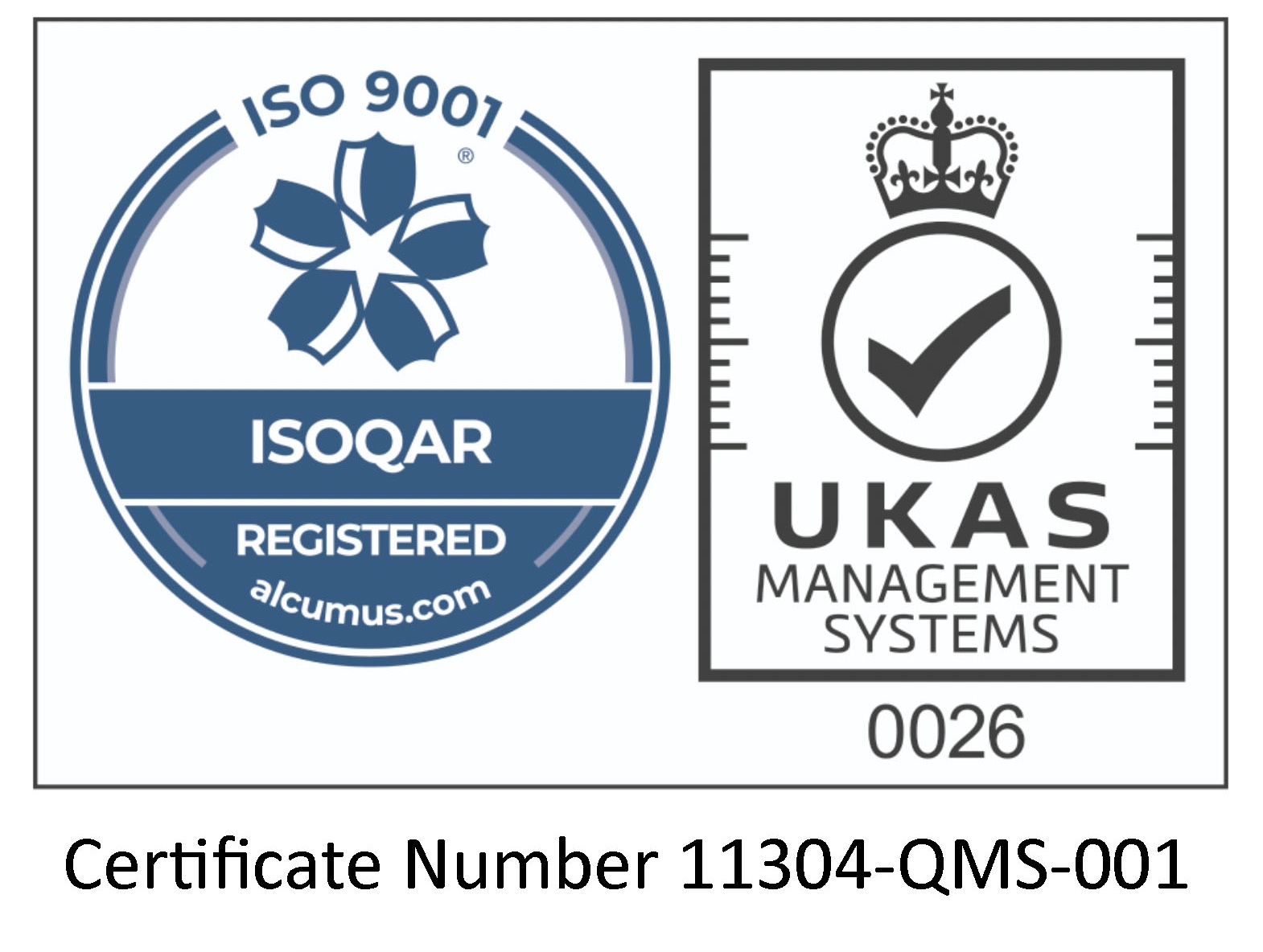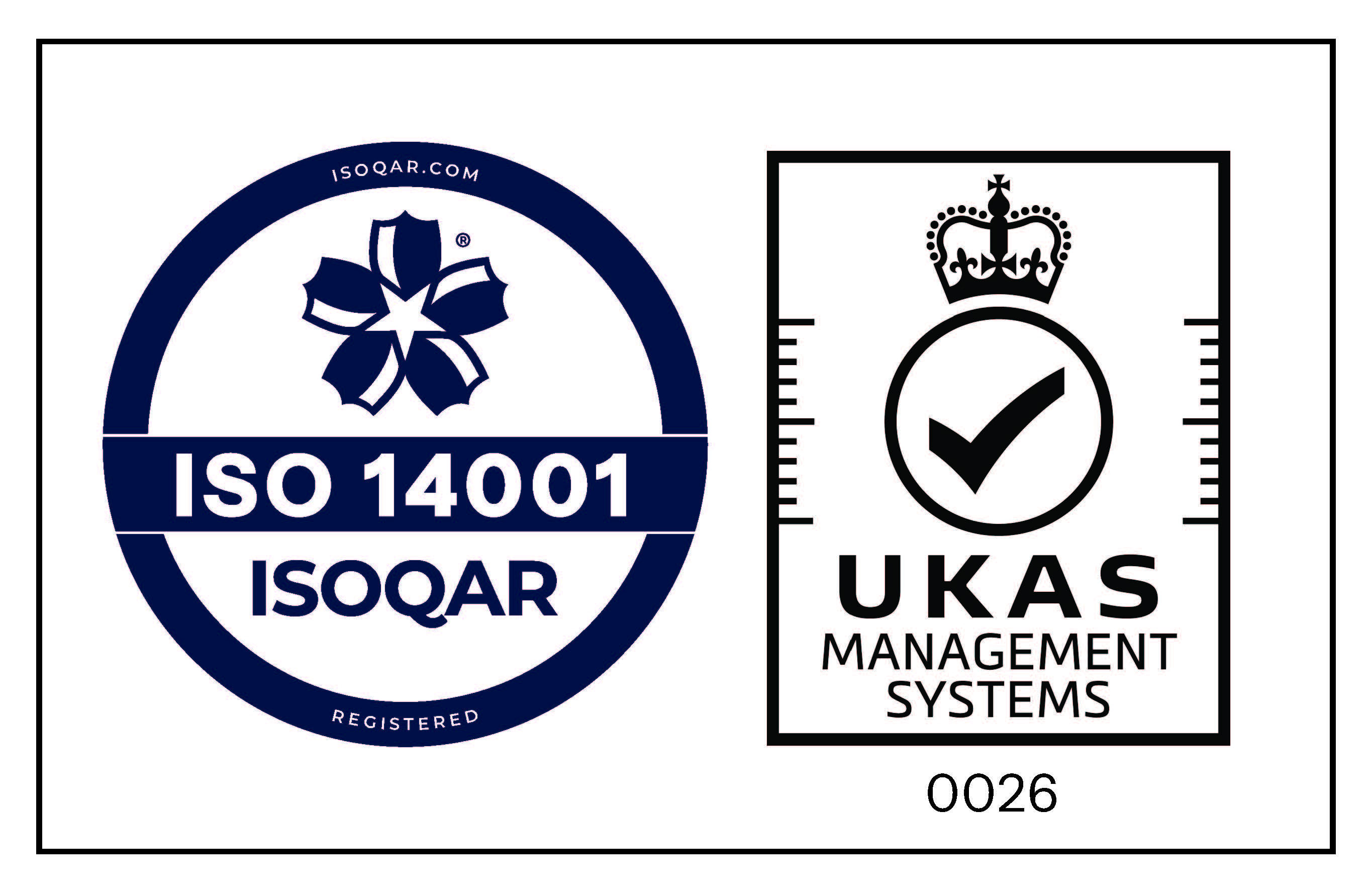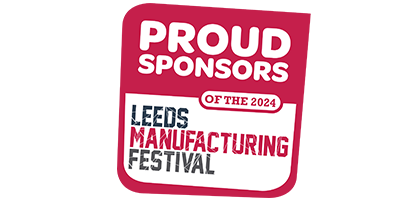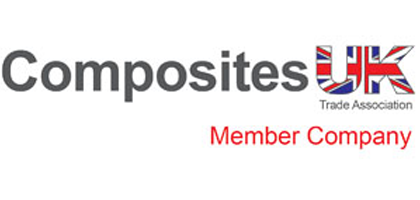Yes, at MPM, we can transform your idea or sketch into detailed designs and create both the pattern and mould, guiding you from concept through to production-ready tooling.
Precision patterns can achieve tolerances within a few thousandths of an inch (microns), enabling exact replication of designs and ensuring moulds produce parts that meet strict quality standards.
Precision patterns are commonly made from materials like high-density foam, wood, or metal, using techniques such as CNC machining, hand finishing, and composite lay-up. These methods ensure durability and exact dimensions.
In composite production, a pattern is the starting point and is the foundation of the entire manufacturing process. The pattern is the original model or shape used to create a mould, usually made from a workable material like wood, which represents the characteristics of the final part. Patterns are crucial because they directly influence the quality, accuracy, and consistency of every part produced. A well-made pattern ensures that the mould, and ultimately the finished composite component, is fit for purpose and to design specifications.
Pattern making is the process of creating a detailed physical model or template used to produce moulds and parts. It’s crucial because accurate patterns ensure high-quality manufacturing, reduce errors, and save time and cost in production.
GRP components are widely used in industries such as automotive, marine, construction, aerospace, and infrastructure due to their high strength-to-weight ratio, corrosion resistance, and design flexibility. Common applications include boat hulls, vehicle body panels, building cladding, piping systems, and aerospace parts where durable, lightweight materials are essential.
Resin Transfer Moulding (RTM) is a precise composite manufacturing process where resin is injected under pressure into a closed mould containing dry fibre reinforcements. This method produces high-quality, strong, and consistent GRP parts with excellent surface finish, ideal for complex shapes and high-volume production in industries like automotive and aerospace.
Chop spray (or spray-up) is a composite manufacturing process where chopped fibreglass strands and resin are sprayed simultaneously onto a mould using specialised equipment. Compared to wet lay-up, chop spray is faster and better suited for producing large or complex shapes, but it typically results in parts with slightly lower strength and surface finish.
Wet lay-up is a traditional composite manufacturing process where dry reinforcement fibres, such as fibreglass mats or fabrics, are manually saturated with resin and then layered by hand into a mould. This cost-effective technique is commonly used for producing strong, lightweight parts in industries like marine, automotive, and construction.









